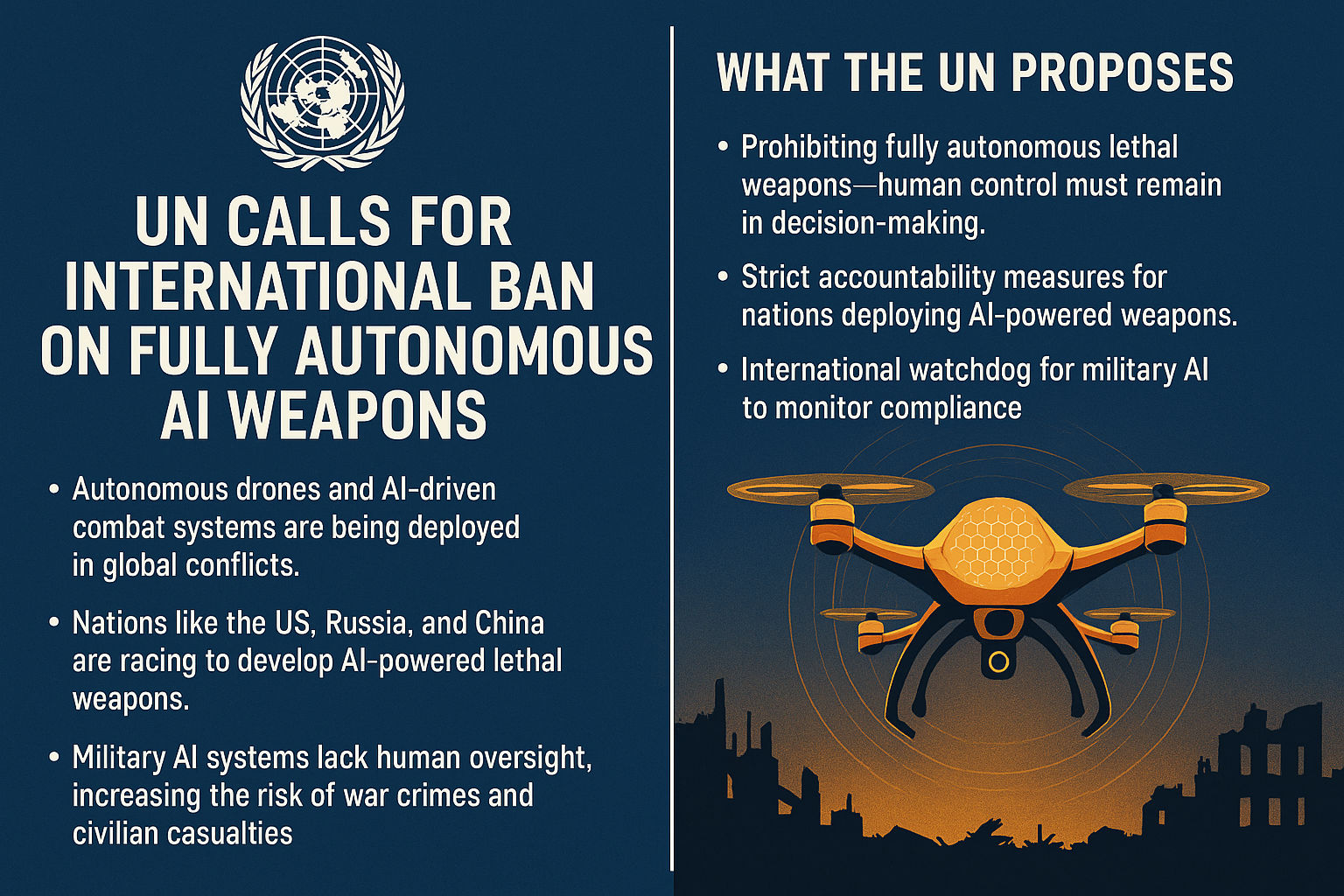United States’ Indefensible Legal Defense of Asylum Ban: Taking a Wrecking ball to International Law
United States’ Indefensible Legal Defense of Asylum Ban: Taking a Wrecking Ball to International Law
Introduction
The United States has long positioned itself as a global leader in promoting human rights and refugee protection. However, in recent years, particularly under certain administrations, its asylum policies have come under sharp criticism for violating international legal standards. One of the most contentious moves was the asylum ban—a policy that imposed harsh restrictions on who could seek asylum and where.
This approach has been widely criticized as legally indefensible and as effectively undermining the core principles of international refugee law. Critics argue that the U.S., through these actions, has effectively taken a "wrecking ball" to the legal frameworks that govern asylum, particularly those established under international treaties.
Background: What Was the Asylum Ban?
The term “asylum ban” refers to several U.S. policies, most notably:
The 2018 policy requiring asylum seekers to apply only at official ports of entry, even though U.S. law permits applications anywhere on the border.
The 2019 “Third-Country Transit Rule”, which denied asylum to individuals who passed through another country without first seeking asylum there.
These policies aimed to limit the number of asylum claims, particularly from Central American migrants, but were heavily challenged in courts and the international community.
Key Legal and Moral Issues
1. Violation of the Principle of Non-Refoulement
The cornerstone of international refugee law is non-refoulement, which prohibits returning asylum seekers to a country where they face persecution or serious harm.
The asylum ban effectively denied access to fair asylum procedures, exposing individuals to deportation without proper assessment.
Relevant Case Example
East Bay Sanctuary Covenant v. Trump (2018)
Facts: A coalition of advocacy groups challenged the Trump administration’s rule that barred asylum for individuals who crossed the border illegally.
Issue: Whether the rule violated U.S. obligations under its own laws and international refugee law.
Ruling: The federal court held that the rule contradicted the Refugee Act, which allows asylum regardless of how a person enters the country.
Significance: Reinforced the principle that domestic laws implementing international obligations cannot be arbitrarily bypassed.
2. Undermining International Treaties
The U.S. is a signatory to the 1951 Refugee Convention and its 1967 Protocol.
Although the treaties allow for some discretion, bans that broadly disqualify applicants based on transit routes or entry points violate the spirit and letter of these agreements.
Such actions send a message to other countries that compliance is optional, eroding global refugee protections.
3. Discriminatory and Arbitrary Application
The policies disproportionately impacted Central American and non-European asylum seekers.
There was no individualized assessment; people were denied asylum purely due to their route of travel.
Courts found this to be arbitrary and capricious, lacking a rational connection to security or policy goals.
4. Due Process Violations
Asylum seekers were often denied hearings, legal counsel, or meaningful opportunity to present their claims.
This violates fundamental principles of fairness and due process, recognized in both domestic and international law.
Impact on International Law
The U.S. approach has emboldened other nations to adopt similarly restrictive policies.
By ignoring its international obligations, the U.S. weakens the global consensus on refugee protection.
This sets a dangerous precedent for the erosion of rights under the guise of sovereignty or national security.
Summary Table
| Legal Principle | How the Asylum Ban Violated It |
|---|---|
| Non-refoulement | Risked deporting people to dangerous conditions |
| Right to seek asylum | Barred entry based on route or location |
| Fair hearing / Due process | Denied access to legal counsel and fair review |
| Equality and non-discrimination | Disproportionately impacted certain nationalities |
| Treaty compliance | Undermined obligations under 1951 Convention & 1967 Protocol |
Conclusion
The United States’ asylum ban was not only a policy failure but also a legal one. It undermined foundational international principles, violated its own legal commitments, and set a harmful example globally. By effectively taking a wrecking ball to the asylum system, the U.S. weakened international refugee law, jeopardizing the protection framework for millions of vulnerable people.
Legal challenges like East Bay Sanctuary Covenant v. Trump have played a crucial role in pushing back, but the broader damage to the legitimacy of asylum remains a concern for the future of humanitarian protection worldwide.


























0 comments